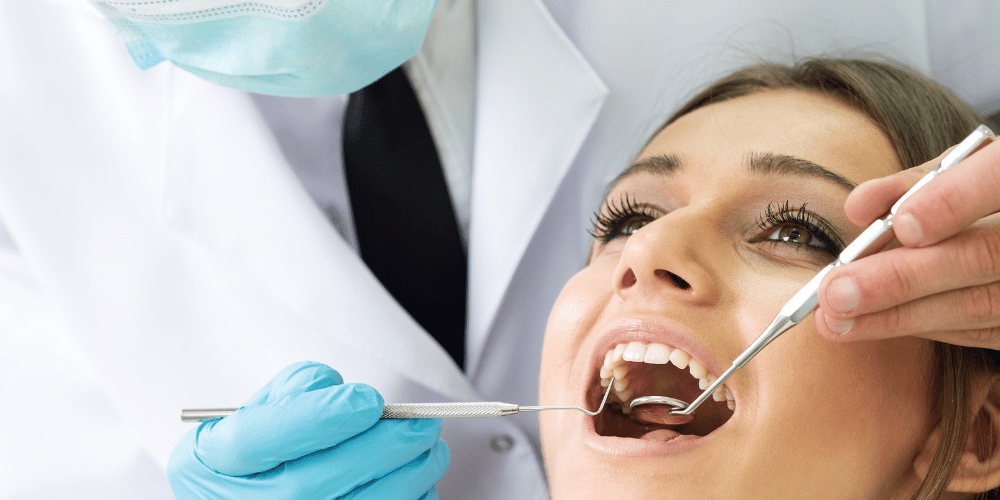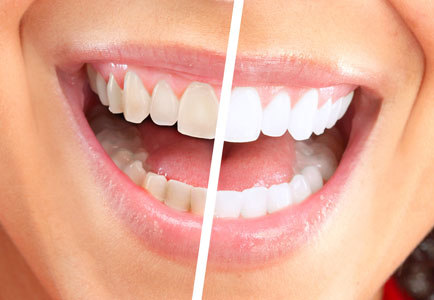Visiting the dentist can be a nerve-wracking experience, especially when you don’t have insurance. While having coverage might help reduce the cost of services, many people are concerned about how much a dentist visit will cost without insurance. In this article, we will look at the average costs associated with a dental visit, as well as tips on how to save money without coverage. We’ll also discuss why it’s so important to visit the dentist on a regular basis – whether you have insurance or not. So keep reading to learn more and get the most out of your next trip to the dentist!
The average cost of a dentist visit without insurance
The average cost of a dentist visit without insurance can be quite expensive. Depending on the type of procedure, it can range anywhere from $50 to $200+. If you need a root canal or other major procedure, the cost can be even higher, sometimes over $1,000. And if you don’t have dental insurance, you’ll be responsible for paying the entire bill yourself. Fortunately, there are ways to save money on dental care, even without insurance. For example, many dentists offer discounts for cash payments or for patients who pay in full at the time of their appointment. Additionally, many dental schools offer low-cost or free dental care for those who qualify.

Why dental insurance is important
Without dental insurance, a routine dentist visit can cost anywhere from $50 to $200. That’s why having dental insurance is so important. It can help cover the cost of routine dental care, as well as more extensive procedures like root canals or braces.
There are a few different types of dental insurance plans, but most cover preventive care, basic restorative care and major restorative care. Some plans also cover orthodontia. Preventive care includes things like teeth cleanings and X-rays, which help keep your teeth and gums healthy. Basic restorative care includes fillings and simple extractions. Major restorative care covers more extensive procedures like crowns, bridges and dentures.
Dental insurance plans typically have a maximum annual benefit that they will pay out. Once you reach that limit, you will be responsible for paying any additional costs yourself. Most plans have a deductible that you must meet before the plan starts paying benefits. And most plans require you to pay a portion of the costs of covered services yourself, through coinsurance or copayments.
The bottom line is that dental insurance is an important way to help manage the cost of keeping your teeth and gums healthy. If you don’t have dental insurance through your employer or another source, there are individual dental insurance plans available that can fit into almost any budget.
How to get dental insurance
There are a few ways to get dental insurance. One way is to purchase a policy through the Health Insurance Marketplace. Another way is to get dental coverage through an employer-sponsored plan.
Dental insurance plans typically have different levels of coverage, with some plans providing more comprehensive coverage than others. It’s important to compare dental insurance plans before choosing one to make sure that it meets your needs and budget.
Once you have dental insurance, you’ll need to find a dentist who accepts your plan. You can usually find this information on the dental insurance company’s website.
How to save money on dental care
There are a few ways to cut down on the cost of dental care, even if you don’t have insurance. One way is to look for a dental school in your area and make an appointment with a student dentist. Student dentists are closely supervised by experienced professionals and can provide quality care at a fraction of the cost of a traditional dentist.
Another way to save money on dental care is to see if your local community health center offers dental services. Community health centers provide affordable, high-quality care to underserved populations. Many offer sliding scale fees based on income, so they may be an option for those without insurance.
Finally, some states have Medicaid programs that cover dental care for low-income residents. If you think you may qualify, contact your state’s Medicaid office to find out more about coverage and eligibility requirements.
How Much is a Dentist Visit Without Insurance?
The average cost of a dental visit without insurance can range from $50 to $200. The specific cost depends on the type of procedure being performed. For example, a routine cleaning is typically less expensive than a complex procedure like a root canal.
If you don’t have dental insurance, there are still ways to save on your dental care. Many dentists offer discounts for cash payments or provide financing options to make dental care more affordable. Additionally, there are numerous dental discount plans available that can save you money on your dental visits.
The Different Types of Dental Plans
Dental insurance plans come in many different shapes and sizes. There are plans that cover 100% of the cost of dental care, and there are those that offer only partial coverage. There are also those that have no dental coverage at all.
The best way to find the right dental plan for you is to first understand what type of dental care you need and then shop around for a plan that covers that care. Here are the different types of dental plans:
1. Dental HMO Plans: These plans offer comprehensive dental coverage with low out-of-pocket costs. They typically have a network of dentists that you can choose from, and you will need to get a referral from your primary dentist in order to see a specialist.
2. Dental PPO Plans: These plans offer more flexibility than HMO plans, as you can see any dentist that you want without needing a referral. However, they typically have higher monthly premiums and out-of-pocket costs than HMOs.
3. Dental Indemnity Plans: These plans offer the most flexibility, as you can see any dentist that you want without needing a referral. However, they typically have higher monthly premiums and out-of-pocket costs than HMOs or PPOs.
4. Discount Dental Plans: These plans do not provide insurance coverage, but they do offer discounts on dental services from participating providers. This is a good option if you do not have insurance but need some help with paying for your dental care.
No matter what type of plan you choose, be sure to read the fine print so that you understand exactly what is covered and what is not. Also, make sure to look into any waiting periods or other exclusions that may apply.

How to Find the Right Dental Plan for You
There are a few things to consider when trying to find the right dental plan for you. First, consider what types of dental care you need. If you only need routine cleanings and exams, then you can probably get by with a less expensive plan. But if you need more extensive dental work, such as fillings, crowns, or braces, then you’ll need a plan that covers those services.
Next, think about how often you need dental care. If you only go to the dentist once or twice a year, then you might be able to get by with a less comprehensive plan. But if you visit the dentist more often, or if you have a family history of dental problems, then you’ll want a plan that provides more coverage.
Finally, consider your budget. There are many different dental plans available, and they all have different price tags. So it’s important to find one that fits within your budget. Don’t be afraid to shop around and compare prices before making your final decision.
How to Save Money on Dental Care
When it comes to dental care, the cost can be a major barrier for many people. If you don’t have insurance, or if your insurance doesn’t cover dental care, you may be wondering how you can afford to keep your teeth and gums healthy.
There are a few ways that you can save money on dental care, even if you don’t have insurance. One way is to look for dental clinics that offer sliding scale fees based on income. Another way is to see if there are any dentists in your area who participate in Medicaid or other government programs that can help reduce the cost of dental care. Finally, you can also check with your local community health center to see if they offer any low-cost or free dental services.
With a little bit of research, you should be able to find some affordable dental care options in your area. By taking advantage of these resources, you can keep your smile healthy without breaking the bank.
Conclusion
In conclusion, it is important to note that the cost of a dental visit without insurance can vary greatly depending on the type of service needed. Generally speaking, however, expect to pay more for services without insurance coverage than with it. It is also important to factor in additional costs such as deductibles and co-pays which may be applicable when seeking care at a dentist’s office. Ultimately, those looking for affordable dental care should research their options carefully and compare different plans before making any final decisions.










Leave a Reply